Madagascar
Land of lychee
Madagascar, land of lychee
Red Island, an exceptional agricultural territory
Agriculture employs nearly 80% of the working population in Madagascar and remains a strategic sector for the country’s development – 30% of GDP.
This sector actively contributes to household food security and their monetization. It is mainly characterized by small-scale peasant agriculture, with small family farms.
On the east coast of the country, the main food crops encountered are: rice and cassava – respectively 1st and 2nd staple foods of the Malagasy population, sweet potato, banana, etc.
Due to the diversity of its climates (Humid Tropical in the East, Temperate in the Center, Arid in the South and Southwest, Dry Tropical in the West) Madagascar has a significant diversity of horticultural sectors.
These mainly include: vegetable production (tomato, potato, onion, etc.), temperate fruit production (apple, pear, peach, etc.), tropical fruit production (banana, mango, mangosteen, guava, pineapple, coconut, etc. and lychee) and spices (cloves, pepper, vanilla, cinnamon, etc.)
This significant diversity between tropical and temperate sectors allows Madagascar to be relatively autonomous and to limit its imports to a few rare products.
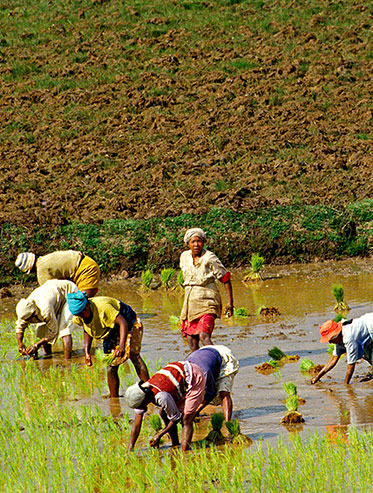
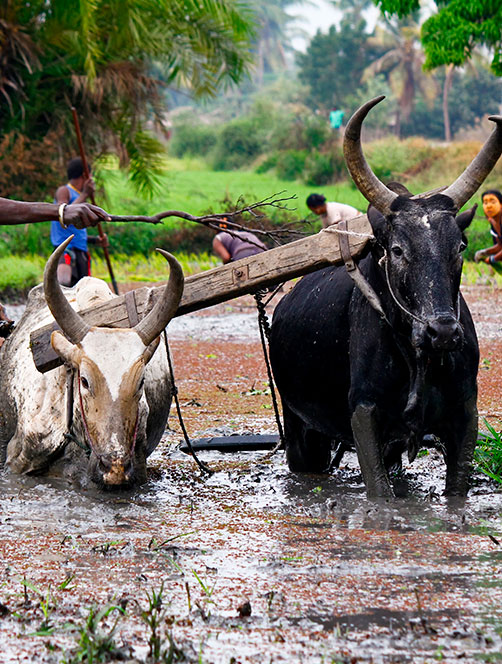
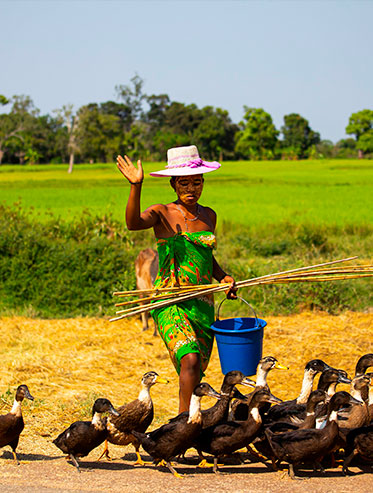
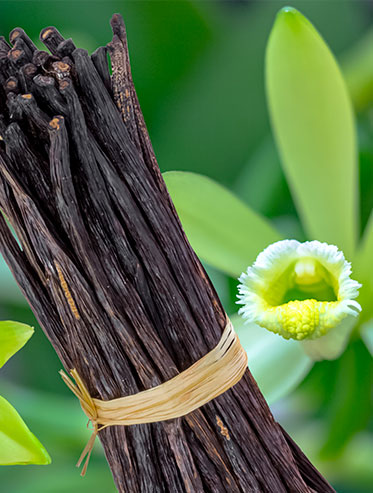
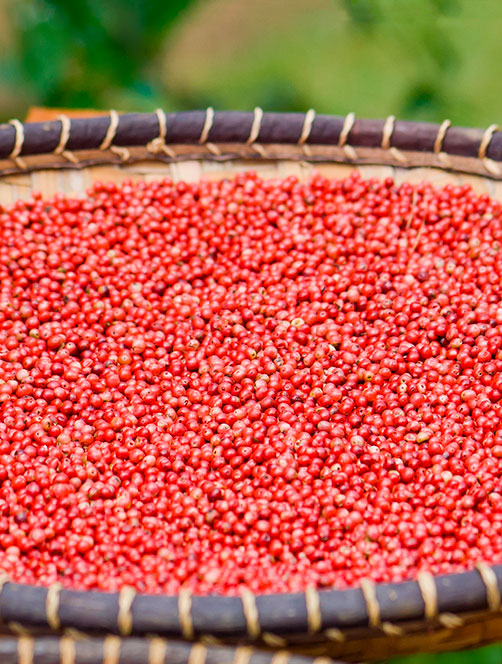
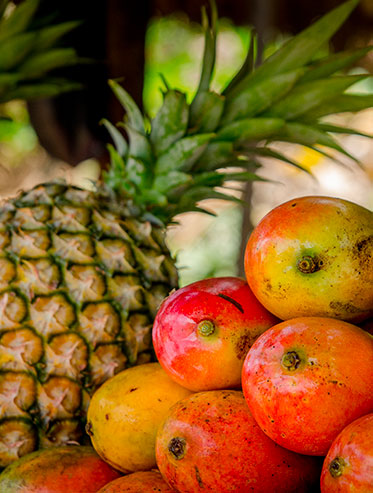
Origin of the Malagasy lychee
Lychee originates from China, where its cultivation has been documented for over 2,100 years. It is mainly widespread in the southeastern provinces of the country (Guangdong, Fujian, Yunnan).
Introduced to Reunion Island in 1764, then to Madagascar on St. Marie Island in 1802, it developed on the mainland under the impetus of Asian and Creole settlers in 1940-1950 (Montagnac, 1960), and successfully established itself on the east coast of Madagascar, because the pedoclimatic environment of this part of the island was particularly suited to this plant (abundant and well-distributed annual rainfall, low temperatures during the southern winter, important hydrographic network and rich soils along the river).
The first developed production areas were those of Brickaville and Tamatave because during the colonial era, these two regions constituted the main fruit production basins of the island, supplying in particular 10,000 tons of lychees and citrus fruits.
The first lychee orchards were set up by the settlers to support the development of this crop and increase production (Jahiel et al., 2014).
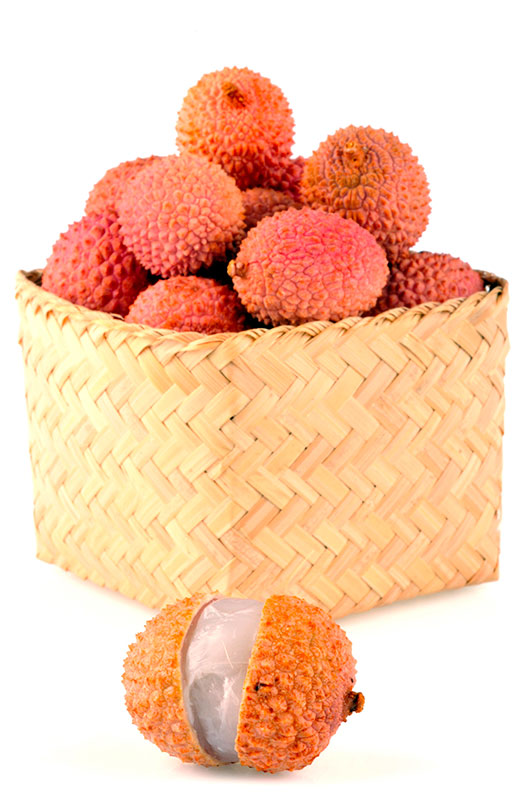
Lychee
Variety and culture
Lychee has the ability to adapt to different types of soils, climates and altitudes, it is very widespread in Madagascar. It can be found in different types of ecosystems on the East coast, and even in high altitude areas (highlands).
The technique of multiplication by air layering, easily mastered, has facilitated the development of this crop and its appropriation by small producers.
On the agronomic level, the plant is very sensitive to lack of water, especially during the growth period. The lychee tree, 5 to 10 m on average, can reach a height of 20 meters and produce the equivalent of 80 to 100 kg of fresh fruit per year when adult. Its general shape is quite round, its foliage is dense and well covering.
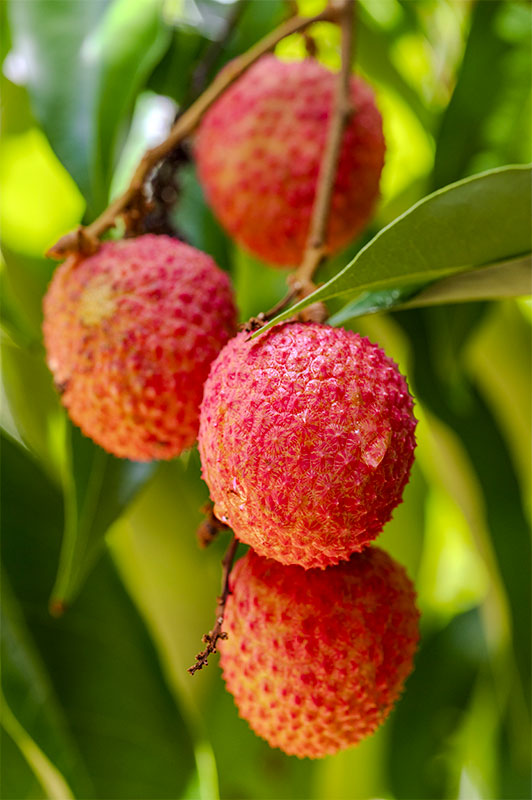
The Kwaï-Mee or Mauritius variety
In China, the lychee, also called "Chinese cherry", was considered the most refined fruit of the Celestial Empire, and was traditionally offered to emperors. While many varieties are grown in China, there is only one in Madagascar: the Kwaï-Mee variety, which means "cinnamon taste". A variety prized by Europeans, particularly for its beautiful red color and delicious taste. Its widespread use on the East Coast was encouraged by the use of air layering, a vegetative propagation technique that made it possible to standardize the harvest and offer a single type of product to foreign markets.
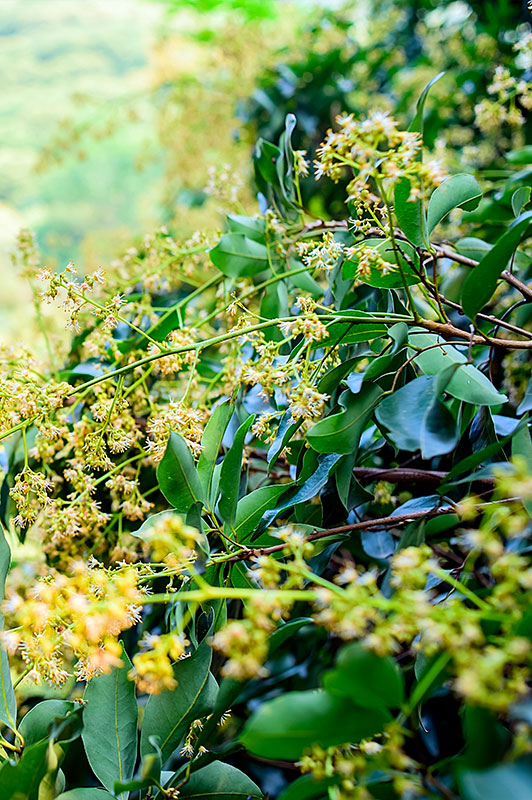
The flowering
Flowering in Madagascar begins in July, thanks to the southern winter, and lasts about a month. Harvesting generally occurs in November when the fruits are considered ripe.
Health Benefits of Lychee
Lychee is known for its many benefits, particularly its vitamin C and carbohydrate content. It is also low in calories, with only 66 calories per 100g of lychee.
Nutritional values of lychee
-
Proteins : 0,8g
-
Carbohydrates : 14,0g
- including sugars : 14,0g
- including starch : 0,0g
- including dietary fiber : 1,0g -
Lipids : 0,4g
- including cholesterol : 0,0mg
- of which saturated fatty acids : 0,1g
- of which monounsaturated fatty acids : 0,1g
- of which polyunsaturated fatty acids : 0,1g -
Water : 82g
Vitamin intake / share of recommended daily intake
-
Vitamin A : 0%
-
Vitamin C : 89%
-
Vitamin D : 0%
-
Vitamin E : 0%
-
Vitamin K : 0%
-
Vitamin B1 : 1%
-
Vitamin B2 : 5%
-
Vitamin B3 : 4%
-
Vitamin B5 : 0%
-
Vitamin B6 : 7%
-
Vitamin B9 : 35%
-
Vitamin B12 : 0%
Mineral intake / share of recommended daily intake
-
Calcium : 1%
-
Phosphorus : 4%
-
Magnesium : 4%
-
Potassium : 9%
-
Sodium : 0%
-
Iron : 2%
-
Copper : 15%
-
Zinc : 1%
-
Manganese : 3%
-
Selenium : 0%
-
Iodine : 1%
Source: https://sante.journaldesfemmes.fr based on data from the National Agency for Food, Environmental and Occupational Health Safety (Anses).